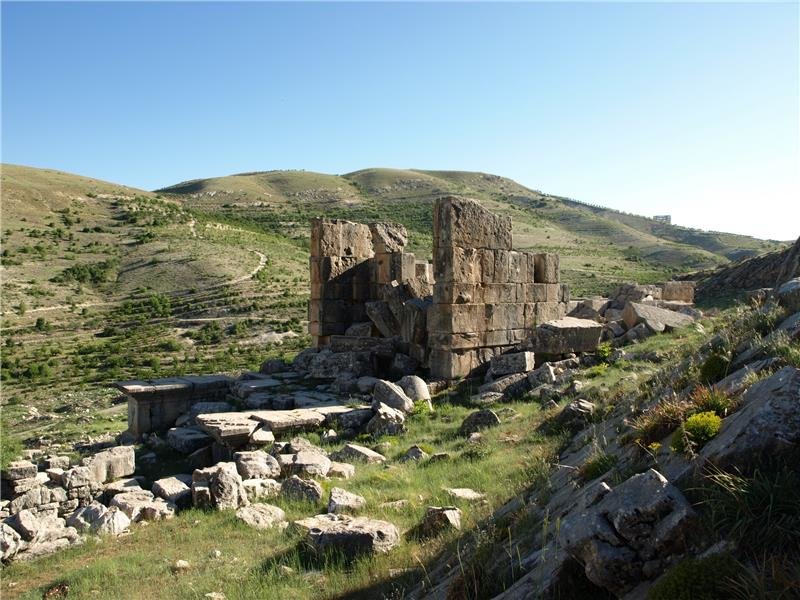An international archaeological team is investigating an historic site devastated by conflict in Lebanon. They have demonstrated it is possible to obtain original and important information from heritage sites that have been devastated by conflict.
Working at the Graeco-Roman temple and village site of Hosn Niha, high in the central Biqa’ Valley of Lebanon, the team led by Dr Paul Newson (Department of History and Archaeology, American University of Beirut) and Dr Ruth Young (School of Archaeology and Ancient History, University of Leicester) have described the value of exploring conflict damaged sites in the archaeological journal Antiquity, as reported by Science Daily.
Dr Newson said: “Shocking recent footage showing apparent damage to world heritage and archaeological sites at Hatra and Nimrud in Iraq include scenes of the bulldozing of irreplaceable buildings.”
“Of course the human cost in any conflict is the first and highest priority; however, archaeology and heritage are extremely vulnerable to attack and damage during conflict and conflict continues to inflict damage on numerous sites, both large and small, around the world today,” he continued.
Young added: “Rather than simply ignoring sites that have been badly damaged by conflict, we have taken on the challenge of investigating a site previously considered too badly damaged by conflict to warrant systematic archaeological investigation.
Right Methods
Using a range of up-to-date surface survey methods they were able to answer some important questions about the site. The first of these was an accurate assessment of site damage, what had been done and where, and the effects of various actions, be it bulldozing or clandestine looting of the site.
Through this exercise, they learned that bulldozing and other damage actions had effectively erased the heart of the settlement, but significantly sized sections of settlement beyond remained quite well preserved.
From recording and collecting surface finds from across the settlement area as a whole we were able to begin to understand both the morphology and development history of the settlement.
The authors suggest the settlement was firmly established by the 1st century CE with a dense core area and more dispersed courtyard dwellings on the periphery. By the early Islamic period the settlement appears less robust and permanent occupation may have ended for a time. Surprisingly, they also recovered some evidence for an early medieval re-occupation of the site, perhaps a fortified farmhouse. They acknowledge the initial results are preliminary and that more research and analysis of the results is on-going.
The authors state: “Sites that have been badly damaged by various causes may be disregarded by professionals who consider that their archaeological or heritage potential has been too badly affected to warrant any investigation. Instead, as demonstrated by the Hosn Niha project, the opposite should become automatic: archaeologists should view conflict-damaged sites as opportunities to gain information and explore sites and regions with new agendas.”
Hosn Niha, along with many other sites in Lebanon was severely damaged as a consequence of decades of civil war and the associated unruliness and accelerated looting that went with this.


